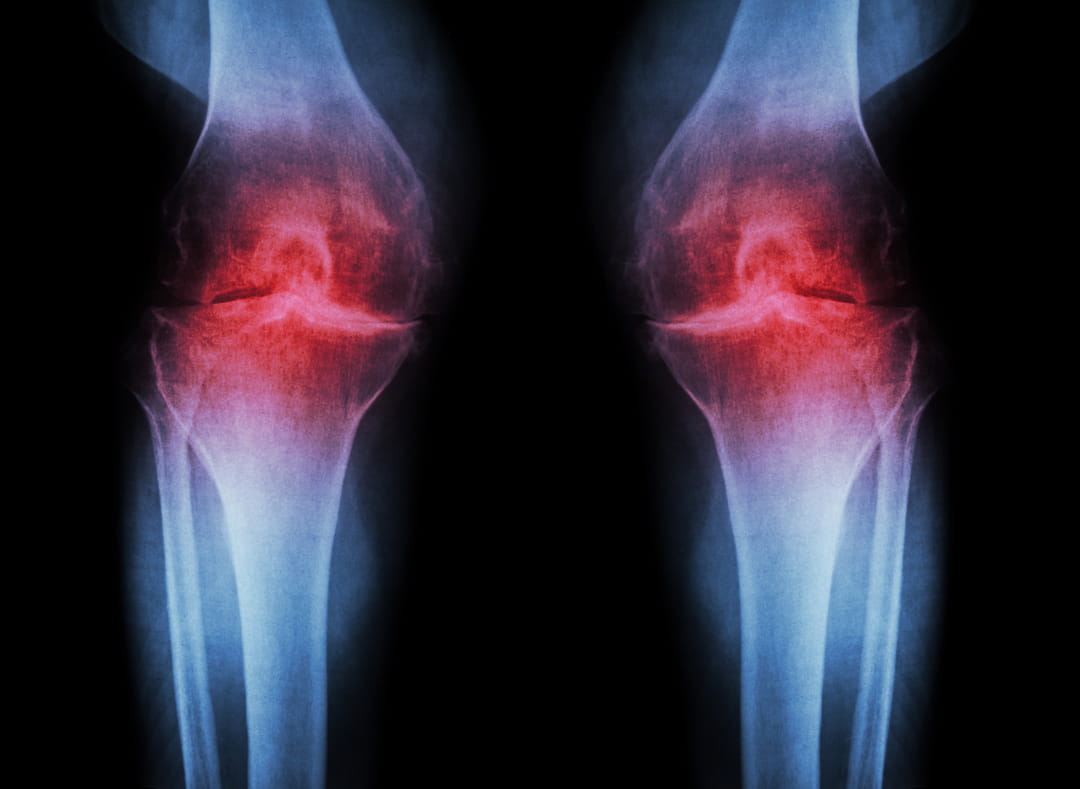Walking like this is as effective as medication for relieving knee pain

Osteoarthritis, a degenerative joint disease, affects many adults worldwide and is a leading cause of disability. Its causes are well known: it occurs when the cartilage that cushions the ends of bones wears away, leading to pain, stiffness, and reduced mobility. Currently, there is no way to reverse this damage; treatment is largely limited to pain management with medication and, ultimately, joint replacement.
However, researchers at the University of Utah say a small daily habit could offer a non-pharmacological alternative. In a year-long clinical trial, they found that small adjustments to the angle of the foot while walking provided pain relief equivalent to that of medication.
The study, published in The Lancet Rheumatology , also showed that gait retraining reduced knee cartilage breakdown. "We knew that for people with osteoarthritis, higher loads in their knee accelerate progression, and that changing the angle of the foot can reduce knee loading," said Dr. Scott Uhlrich, one of the study's authors. "So the idea of biomechanical intervention isn't new, but there haven't been randomized, placebo-controlled studies to show they're effective."

The researchers focused on patients with mild to moderate osteoarthritis in the medial compartment of the knee, the inner side of the joint, which typically bears more weight than the outer lateral compartment. For this form of the disease, the optimal foot angle to reduce stress on the medial compartment varies from person to person, depending on their natural gait and how it changes when they adopt the new walking pattern.
After one year, participants reported their knee pain and underwent a second MRI to quantitatively assess cartilage damage. Those in the intervention group experienced less pain and less cartilage degradation than those in the control group.
"With the MRIs, we also observed a slower decline in a marker of cartilage health in the intervention group, which was quite interesting," Dr. Uhlrich noted. "The reported reduction in pain compared to the placebo group was between what one would expect from an over-the-counter medication, such as ibuprofen, and a narcotic, such as OxyContin." This ensures efficacy equivalent to common treatments.
According to the scientists, one of the main advantages of this method is the ability for participants to follow it for long periods of time. "Especially for people in their 30s, 40s, or 50s, osteoarthritis could mean decades of pain management before they are recommended a joint replacement," said Dr. Uhrlich. "This discovery could help fill this important treatment gap."
L'Internaute





